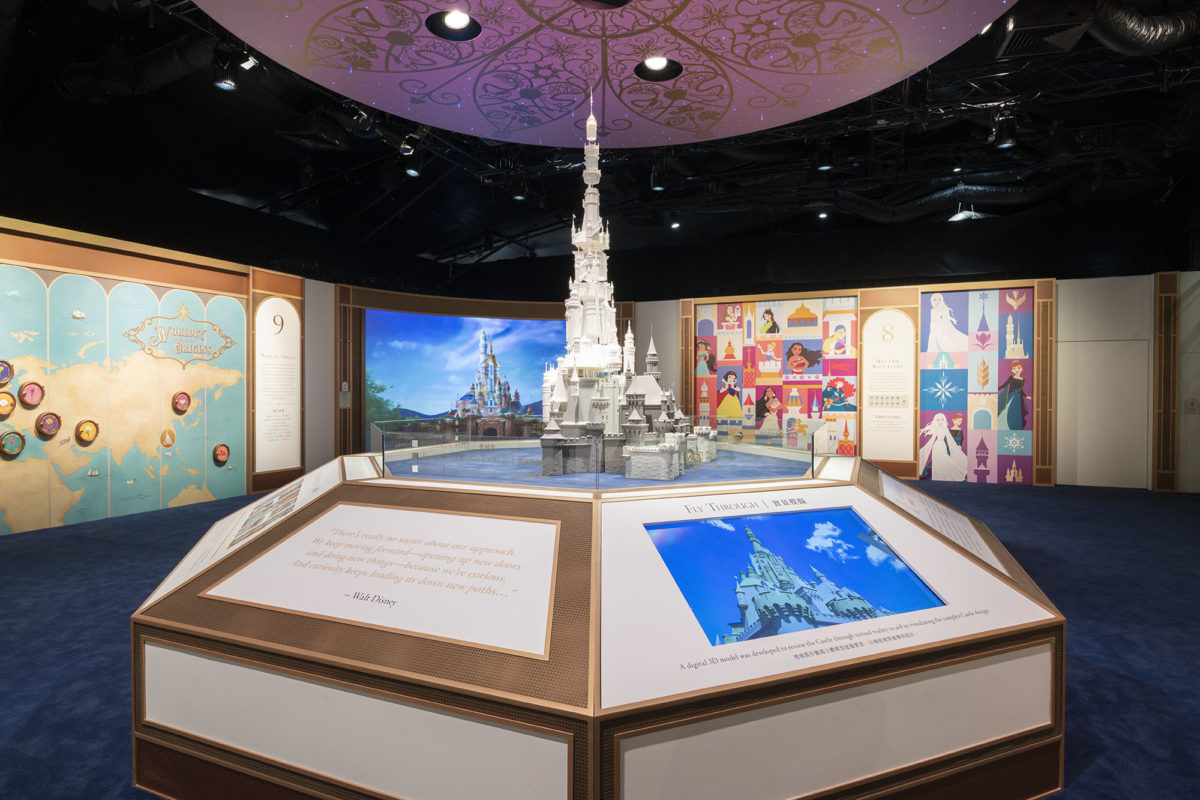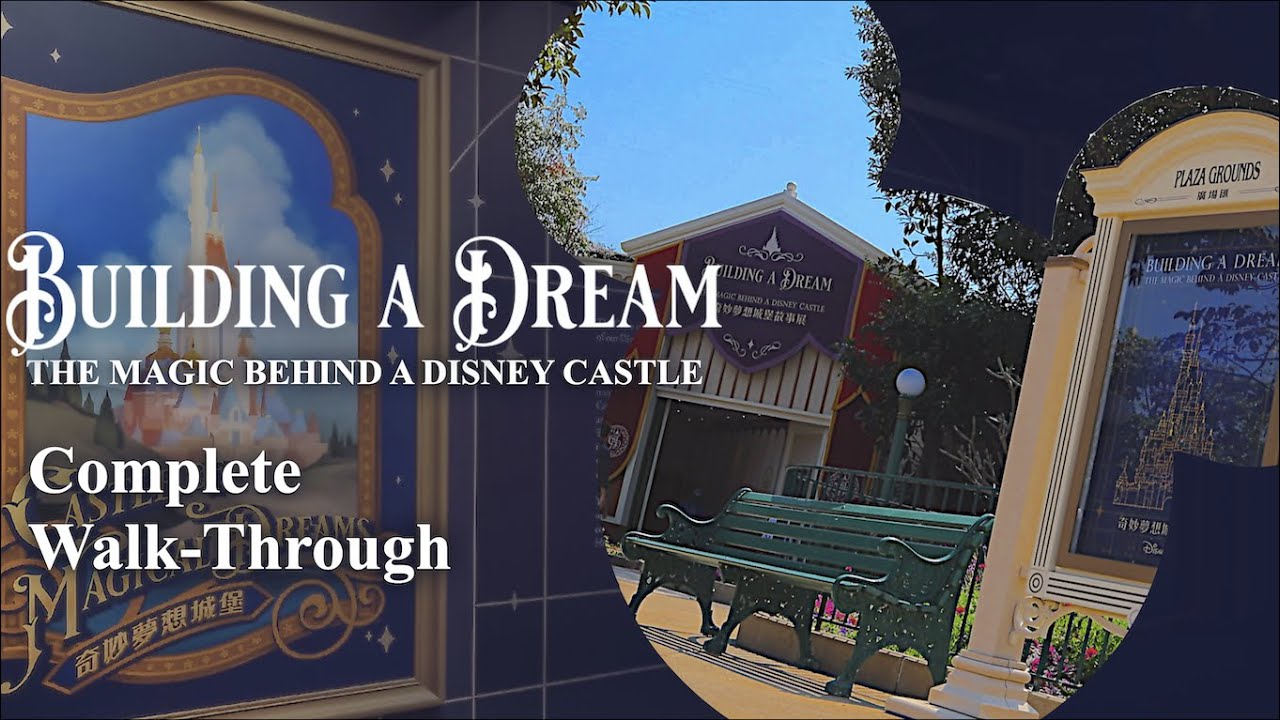Disney theme parks achieve immersive storytelling through meticulous architectural design and engineering, spearheaded by Walt Disney Imagineering. Their process integrates narrative, function, and illusion.
The Power of Placemaking & Narrative Integration
Every structure serves a story. Imagineers start with a clear narrative framework. Designers, architects, and writers collaborate to ensure environments, from Main Street U.S.A. to Pandora, visually and spatially communicate specific themes and emotions. Materials, proportions, colors, and details are selected to support the location's backstory and historical or fictional context.
Master Planning & The "Weenie" Principle
Park layout is carefully orchestrated. Visual magnets ("Weenies"), like Cinderella Castle or Spaceship Earth, draw guests intuitively through the space, guiding flow and revealing vistas strategically. Functional zoning separates noisy thrill zones from quiet thematic areas, while carefully designed pathways control crowd movement and sightlines, enhancing the sense of discovery.

Forced Perspective: Engineering Illusion
A cornerstone of Disney's architectural trickery, it makes buildings appear larger. Key techniques include:
- Scale Manipulation: Upper floors/features are built progressively smaller than lower ones (e.g., Cinderella Castle's highest turrets are scaled down significantly).
- Color & Detail Gradation: Higher elements use lighter, less saturated colors and reduced detail to simulate atmospheric haze and distance.
- Angled Placement: Buildings are subtly angled to optimize viewing angles and hide park infrastructure.
Practical Illusion: Hiding the Machine
Maintaining the show requires hiding functional elements:
- Utilidors: Underground service corridors at Magic Kingdom keep operations out of sight.
- Themed Screening: Ride buildings, backstage areas, and utilities are concealed behind rockwork ("Disney Rocks"), landscaping, berms, and meticulously themed facades.
- Sightline Management: Structures are positioned, and landscaping sculpted, to block views of external reality and internal park infrastructure from guest areas.
Engineering Feats & Show Set Production
Architectural magic requires robust engineering. Advanced structural systems support intricate facades. Entire show buildings become massive soundstages housing complex ride systems, demanding intricate coordination between structural, mechanical, electrical, and show elements. Facades often act as shells (show sets) over functional buildings, constructed off-site and assembled meticulously within the park environment.
Commitment to Craft & Detail
Authenticity is paramount. Imagineers research historical periods and cultural elements deeply. Materials are chosen for both durability and authentic appearance. Even unseen surfaces receive attention. This meticulous craft ensures buildings feel "real," enhancing immersion.
Disney's architectural magic is a sophisticated blend of art, engineering, and operational planning. It transforms functional spaces into believable, immersive worlds by expertly wielding storytelling, visual illusion, and rigorous attention to detail, all hidden mechanics seamlessly masked.






